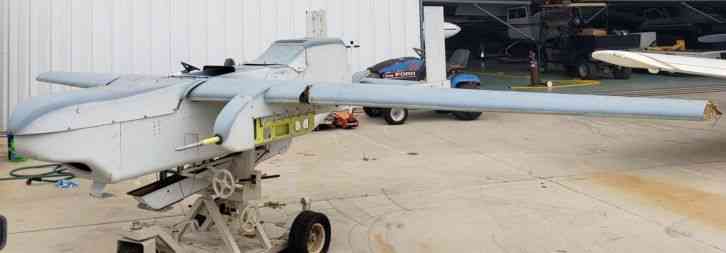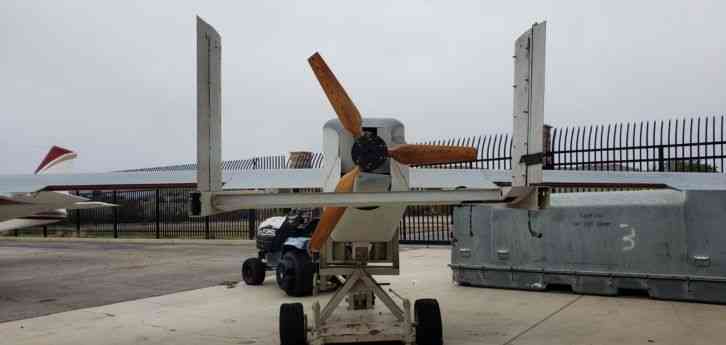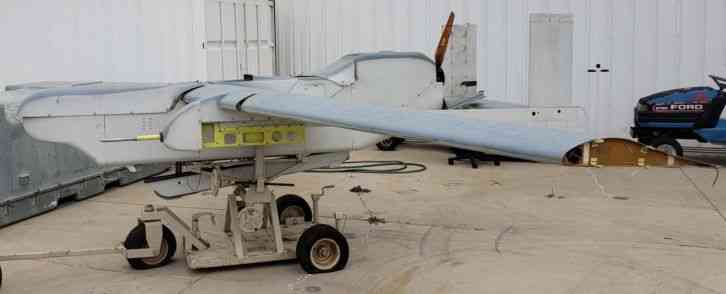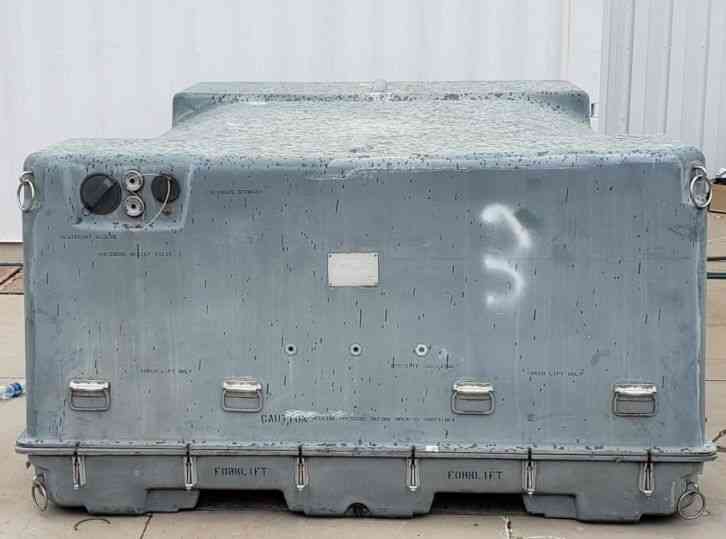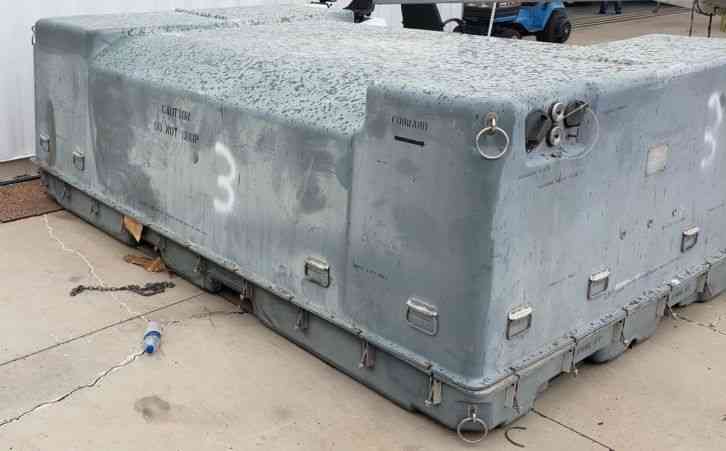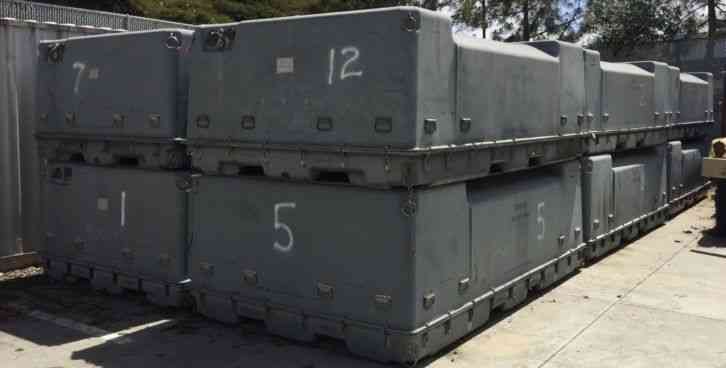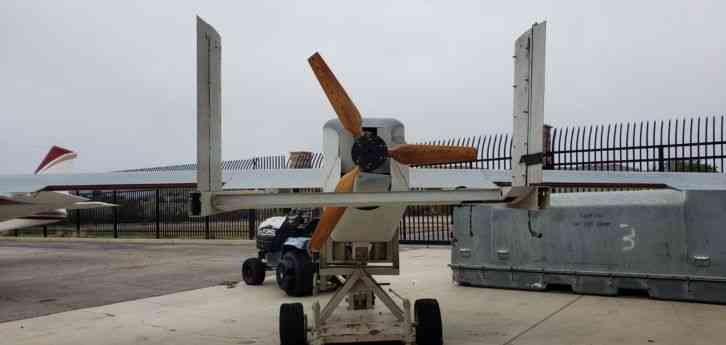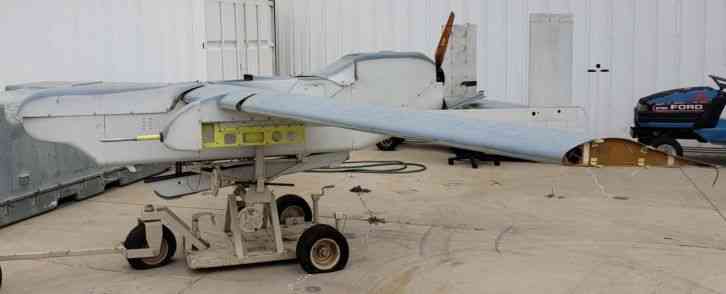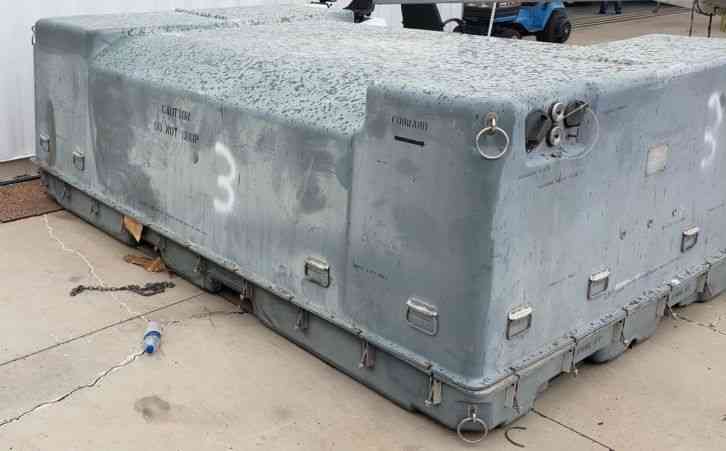PQM 149 UAV SRIn the late 1980s, the U.S. Army and U.S. Navy formulated several requirements for.
Item specifics PQM-149 UAV-SRIn the late 1980s, the U.S. Army and U.S. Navy formulated several requirements for different types of UAVs. One of these was for a battlefield surveillance and target acquistion UAV, named UAV-SR (Unmanned Aerial Vehicle - Short Range). In 1989, two designs were chosen for the final UAV-SR competition, the McDonnell Douglas Sky Owl, and the TRW/IAI Hunter. The designations YPQM-149A and YPQM-150A were reserved for the UAV-SR competitors, but the only available public documentation (source [1]) seems to indicate that it was possibly never established, which number should apply to which design.In the end, neither designation was actually used. The winner of the UAV-SR competition, the TRW/IAI Hunter, is described under its later designation BQM-155A. For the sake of documentation, the McDonnell Douglas Sky Owl is described on this page, but that doesn"t imply that it actually used the YPQM-149A designation.McDonnell Douglas Sky OwlThe Sky Owl was a derivative of the Developmental Sciences Corp. (now part of BAE Systems) R4E SkyEye UAV. Development of the R4E multimission UAV family began in 1980. All R4E variants are launched from a catapult launcher, powered by a single piston engine, and landed on an extendable skid. For emergencies or rough-terrain recoveries, a low-altitude parachute system is also included. For guidance and control the UAVs are equipped with a radio command uplink and a TV video downlink. The latter transmits the imagery which is used by the ground controller to guide the vehicle. Of course, the SkyEye can also be programmed before or during the mission for automatic navigation along predefined waypoints.The first version evaluated by the U.S. Army was the R4E-30, which was tested as a battlefield UAV to deliver unguided rockets. The R4E-40 was similar to the R4E-30, but had a more powerful engine and increased fuel capacity. In the 1984/86 time frame, some R4E-40s were used by the U.S. Army for border reconnaissance patrols in Central America, using daylight TV, LLL (Low Light Level) TV, FLIR (Forward Looking Infrared), and panaramic camera payloads. The R4E-50, which first flew in 1986, is a larger and more advanced development of the R4E-40. It is equipped with a GPS unit for increased navigation accuracy, and the higher payload capacity allows the carriage of multiple sensor packages. The R4E-50 entered production in 1988 and has been exported to several countries.The Sky Owl was derived from the R4E-50, the main distinguishing external feature being a half-loop guard above the propeller. The Sky Owl first flew in June 1991, but it reportedly lagged badly behind the competing TRW/IAI Hunter in the UAV-SR evaluation. In June 1992, the Hunter was declared the winner of the competition, and operation of the Sky Owl by the U.S. military ceased.SpecificationsDevelopment cost; $1.25 million/each unit. Note: Data given by several sources show slight variations. Figures given below may therefore be inaccurate!Data for R4E-50 SkyEye:Length4.12 m (13 ft 6.2 in)Wingspan7.32 m (24 ft)Weight566 kg (1250 lb)Speed204 km/h (110 knots)Ceiling4880 m (16000 ft)Mission Radius185 km (100 nm)Endurance> 12 hoursPropulsionTwin-rotor rotary engine; 73.1 kW (98 hp)
INFO:
-This listing includes 12 aircraft in varying condition of completeness and serviceability.
-All individual units are completely contained in their own included shipping/storage containers.
-Fiberglass molds for constructing the airframe, wing and flight control surfaces are also included.
-Includes one setup mobility cart for assembling the aircraft in preparation for launch.
Sold as-is where-is with no warranties either express or implied. Buyer is responsible for their own inspection and determination as to suitability or further airworthiness!
Seller reserves the right to end listing at any time as these items are listed elsewhere and through other formats.
Current date: 2019-01-15
